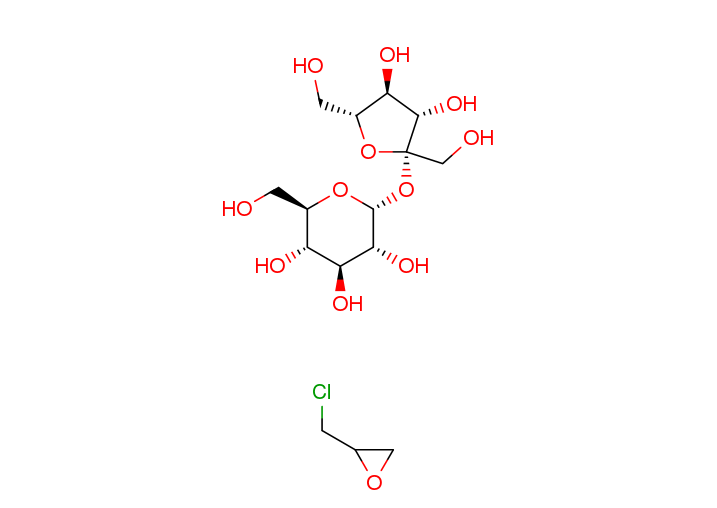A new method for the purification of human motile spermatozoa applying density-gradient centrifugation: polysucrose media compared to Percoll media.
C Y Andersen, J Grinsted
文献索引:J. Assist. Reprod. Genet. 14 , 624-8, (1997)
全文:HTML全文
摘要
A newly developed method for the isolation of human motile spermatozoa using density-gradient centrifugation was compared with the traditionally used Percoll technique.Sperm samples were divided into two equal aliquots, which were purified with either the traditionally performed Percoll technique or a new alternative based on polysucrose/Optiprep media. For each sample the isolation was performed during the same run of the centrifuge.The average recovery of progressively motile spermatozoa with the polysucrose/Optiprep method was significantly higher (48 +/- 7%) than with the Percoll method (38 +/- 6%) (n = 18). The average percentage of motile spermatozoa and the motility score were similar in the purified preparations.The new polysucrose/Optiprep-based density-gradient centrifugation technique for the isolation of motile human spermatozoa is as good as the traditionally used Percoll method and may replace it in connection with assisted reproduction techniques.
相关化合物
| 结构式 | 名称/CAS号 | 分子式 | 全部文献 |
|---|---|---|---|
 |
聚蔗糖400
CAS:26873-85-8 |
C15H27ClO12 |
|
Detection of dynamic spatiotemporal response to periodic che...
2011-01-01 [PLoS ONE 6(1) , e14624, (2011)] |
|
Activity of mevalonate pathway inhibitors against breast and...
2009-01-01 [BMC Biochem. 9 , 38, (2009)] |
|
Resveratrol supplementation restores high-fat diet-induced i...
2015-02-01 [Exp. Biol. Med. (Maywood.) 240(2) , 220-9, (2015)] |
|
Human endothelial progenitor cells isolated from COPD patien...
2012-04-01 [Mol. Cell Biochem. 363(1-2) , 53-63, (2011)] |
|
Superiority of visipaque (iodixanol)-controlled density grad...
2010-06-01 [Transplant. Proc. 42 , 1825-1829, (2010)] |